Black holes are some of the most mysterious and terrifying objects in the universe. They warp space and time, consume matter, and bend light itself. But imagine the impossible: a black hole the size of a marble suddenly appears on Earth. Though tiny in size, its density and gravity would make it extraordinarily dangerous. In this scenario, we explore the catastrophic consequences, the science behind it, and what it would mean for life on our planet.
Introduction: Tiny But Deadly
A black hole the size of a marble is unimaginably dense. Just a centimeter-sized black hole would weigh billions of tons. This means that despite its small size, it would have a gravitational pull strong enough to affect objects around it dramatically.
Unlike the colossal supermassive black holes at galaxy centers, a marble-sized black hole is small enough to interact with objects in a more localized manner. But its effects on Earth would still be catastrophic.
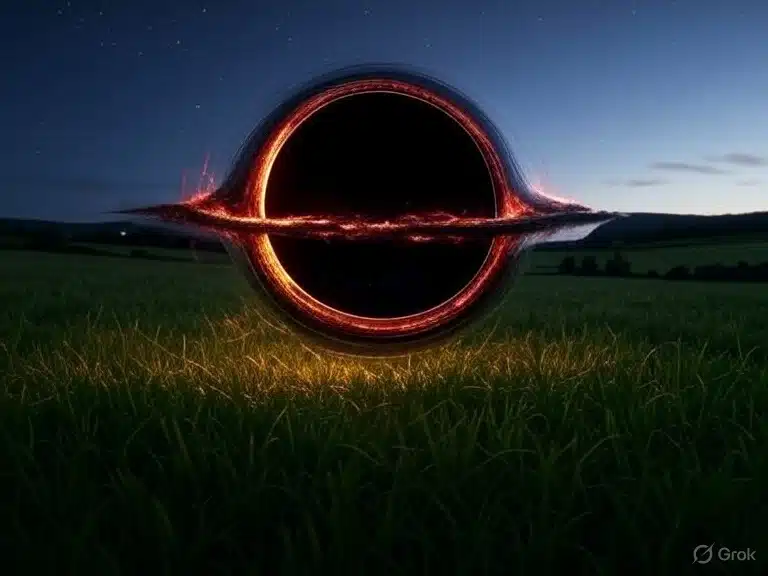
Gravitational Effects on Earth
The first impact of such a black hole would be gravitational chaos. Its intense gravity would pull on nearby objects, including rocks, water, and the atmosphere:
- Immediate Matter Absorption: Small objects near the black hole would be sucked in instantly. Even air molecules could be consumed.
- Tidal Forces: The black hole’s gravity would create massive tidal forces on the ground, potentially causing earthquakes and landslides.
- Orbiting Debris: Matter pulled toward the black hole might orbit it briefly, forming a miniature accretion disk and emitting radiation.
Even though it’s the size of a marble, the black hole would behave like a cosmic vacuum cleaner, threatening everything in its vicinity.
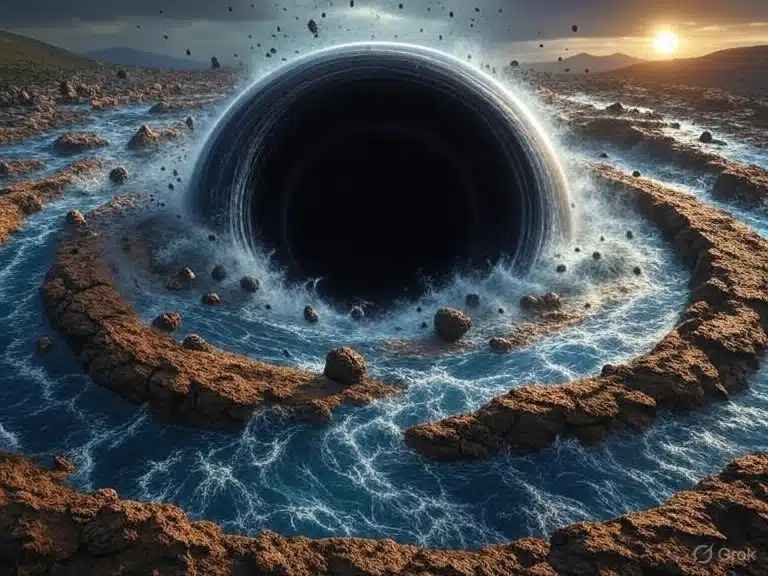
Interaction With Water and Oceans
If the black hole appeared near a body of water:
- Immediate Water Consumption: Oceans, rivers, and lakes could be drawn toward the black hole, creating massive whirlpools.
- Atmospheric Impact: The atmosphere itself might begin to fall into the black hole, reducing air pressure locally.
- Tsunami Waves: The sudden loss of massive water volumes could trigger catastrophic waves across coastlines.
The black hole’s gravitational pull wouldn’t just destroy the area it touched—it could destabilize entire ecosystems in a matter of minutes.
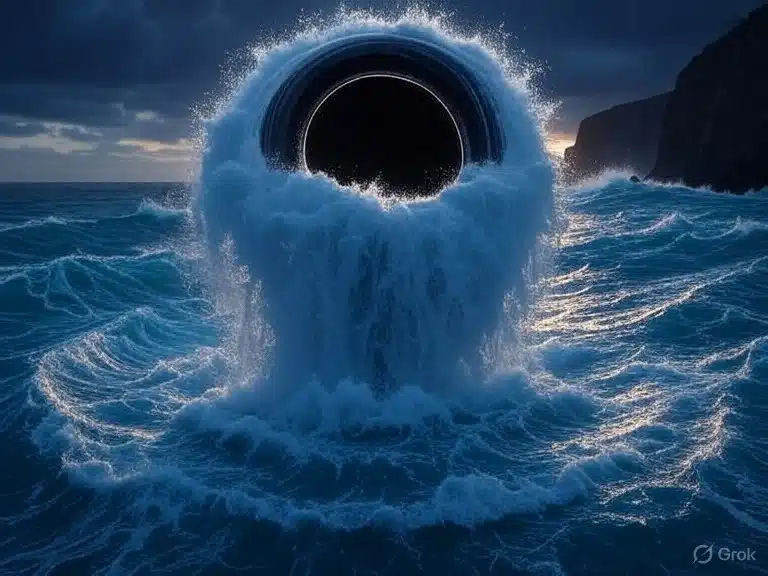
Effects on Humans and Infrastructure
Humans would experience both direct and indirect consequences:
- Instant Devastation Nearby: Anything within meters of the black hole would be consumed immediately.
- Structural Collapse: Buildings, bridges, and roads near the black hole would collapse due to tidal forces.
- Shockwaves: As matter accelerates toward the black hole, radiation and energy would generate destructive shockwaves.
Even staying kilometers away might not guarantee safety, as the black hole could move unpredictably due to interactions with objects around it.

Could We Contain It?
Scientists might try extreme containment measures:
- Magnetic Confinement: Using strong electromagnetic fields to stabilize and isolate the black hole, though this is purely theoretical.
- Deep Underground Isolation: Placing it in a specially designed subterranean chamber to prevent it from consuming the surface.
- Relocation to Space: Hypothetically moving the black hole to orbit far from Earth, but acceleration and containment challenges would be enormous.
Currently, humanity lacks the technology to control or neutralize a black hole, even one as small as a marble.
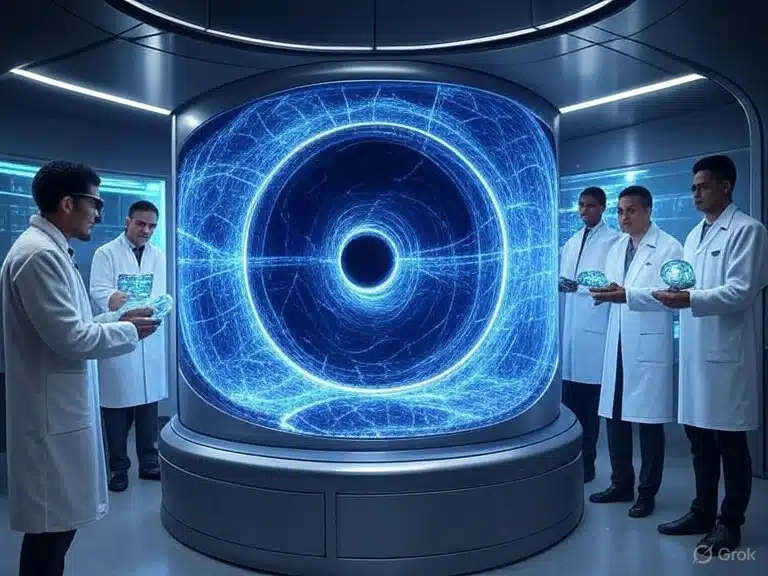
Long-Term Consequences
If the black hole remained unchecked:
- Planetary Destruction: It could gradually consume Earth from the inside out, starting locally but eventually destabilizing the entire planet.
- Mass Extinction: All life would perish near the black hole almost instantly, and eventually across the globe.
- Space-Time Effects: Nearby space-time would be distorted, creating localized gravitational anomalies and affecting satellites and orbits.
Even a marble-sized black hole is not “safe” by any means. Its density and gravitational pull make it one of the most dangerous hypothetical threats imaginable.
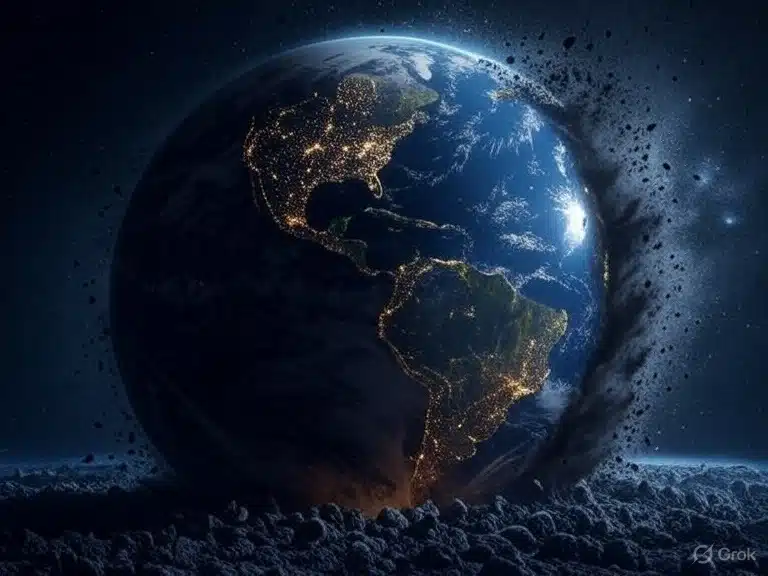
Scientific Insights
While catastrophic, imagining a marble-sized black hole on Earth teaches valuable lessons:
- Understanding gravity at extreme densities.
- Modeling matter interactions near event horizons.
- Studying potential energy sources from accretion processes, even on a microscopic scale.
Though purely hypothetical, such thought experiments allow physicists to explore the limits of physics and extreme scenarios.
Conclusion
If a black hole the size of a marble appeared on Earth, its effects would be catastrophic: consuming matter, destabilizing oceans, destroying infrastructure, and potentially obliterating the planet. Despite its tiny size, its density and gravity make it one of the deadliest objects conceivable. Imagining such a scenario highlights both the incredible power of black holes and the delicate balance that protects life on our planet.

